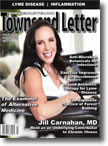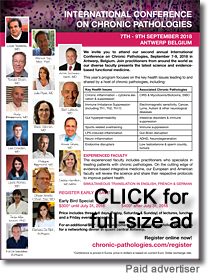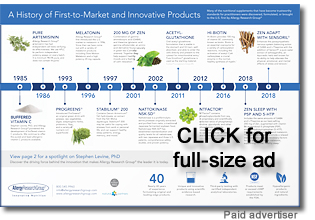|
![]()
From the Townsend Letter |
|||||
Poria, the Most Famous Mushroom You've Never Heard Of by Mark J. Kaylor |
|||||
Poria is a mushroom that goes by many names: Wolfiporia, Hoelen, Tuckahoe, Indian Bread and Fu ling, in traditional Chinese medicine (TCM), to name a few. The irony of poria is that it is one of the most widely utilized natural remedies in Asia while it is virtually unknown outside of traditional Chinese medicine practitioners in the West.
References Mark J. Kaylor has been exploring holistic health and healing for close to four decades and is the founder and director of the not-for-profit Radiant Health Project. Mark can be contacted at his website: www.RadiantHealthProject.com.
|
|||||
![]()
Consult your doctor before using any of the treatments found within this site.
![]()
Subscriptions
are available for
Townsend Letter, the Examiner of Alternative Medicine
magazine, which is
published 10 times each year. Search our pre-2001
archives for further information. Older issues of the printed magazine
are also indexed for your convenience.
1983-2001
indices ; recent indices. Once you find the magazines you'd like to order, please
use our
convenient form, e-mail subscriptions@townsendletter.com,
or call 360.385.6021.
360.385.6021
Fax: 360.385.0699
info@townsendletter.com
Who are
we? | New articles | Featured
topics | e-Edition |
Tables of contents | Subscriptions | Contact
us | Links | Classifieds | Advertise |
Alternative
Medicine Conference Calendar | Search site | Archives |
EDTA Chelation Therapy | Home
© 1983-2018 Townsend Letter
All rights reserved.
Website by Sandy
Hershelman Designs
![]()







